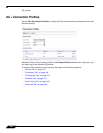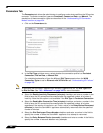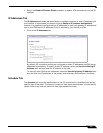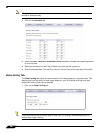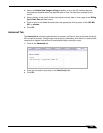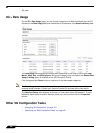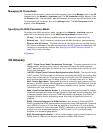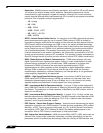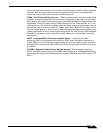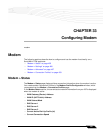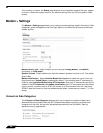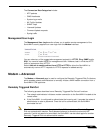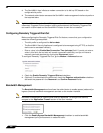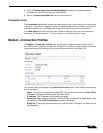
3G
452
SonicOS 5.8.1 Administrator Guide
• Generation - WWAN protocols are divided by generation, such as 2G, 2.5G, and 3G, where
1G would be the original analog cellular networks. Generations advanced is usually
characterized by improvements in speed and capacity. Although 3G is most commonly
used to describe Wireless Wide Area Networking, 3G only refers to a single set of available
protocols. A list of popular protocols by generation:
–
1G - Analog
–
2G - GSM
–
2.5G - GPRS
–
2.75G - EDGE, 1xRTT
–
3G - UMTS, 1xEV-DO
–
3.5G - HSDPA
• GPRS - General Packet Radio Service - An evolution of the GSM network that achieves
speed improvements through the use of unused TDMA channels. GPRS is divided by
incrementing classes, which define the number of time-slots and the data-rate per time-slot.
GPRS has an additional advantage over GSM in that it is a packet-switched technology,
meaning that stations only send data when there is data to send (rather than reserving the
entire channel as occurs in GSM's circuit-switched networks) thus making more efficient
use of available bandwidth. The process of connecting to a GPRS network generally
involves attachment to the network, followed by the construction and activation of a PDP
context, as performed by a series of AT commands. This process is largely automated by
SonicOS through the use of profiles, but also allows for manual PDP context construction.
• GSM - Global System for Mobile Communication - TDMA based protocol that uses
digital channels for both signaling and speech, making it a well suited platform for data
communications, although at very low data rates. GSM competes as a protocol with
Qualcomm's CDMA, but remains the most popular worldwide protocol. GSM
implementations are often regarded as less susceptible to signal degradation indoors.
Although GSM is used both in the Americas and the rest of the world, the American
implementation operates on a different frequency, and interoperability is not guaranteed
unless explicitly supported by the equipment.
• HSDPA - High Speed Downlink Packet Access - An evolution of UMTS (and thus of
GSM) based on W-CDMA technology. HSDPA can achieve very high data rates, with
subsequent phases targeting rates of up to 50 Mbps, but it is not currently very widely
adopted despite announcements of future support from many operators.
• IMEI - International Mobile Equipment Identity - A unique 15 digit number assigned to
every GSM/UMTS device for the purposes of identifying the device (not the subscriber) on
the network. The subscriber on these networks is identified by the IMSI number, which is
stored on the SIM card.
• IMSI - International Mobile Subscriber Identity - A unique 15 (or 14) digit number that
identifies subscribers on GSM/UMTS networks. The IMSI is stored on the subscriber's SIM,
and comprises a country code (as defined by ITU E.212), a network code (the network
operator), and a unique subscriber number.
• PDP Context - Packet Data Protocol Context - A data structure representing the logical
association of a station on a GPRS network. The data structure comprises a CID (context
identifier), a PDP_Type (the protocol being used, e.g. IP), an APN (Access Point Name),
and optional a PDP_Addr (PDP Address) to identify the usable address space for the
connection. After a PDP Context is constructed, it must be activated.
• SIM - Subscriber Identity Module - USIM (Universal SIM) in UMTS. A SIM, also known as
a Smart Card, stores unique subscriber information, including subscription and service
parameters as well as preferences and settings. SIMs are used by all GSM devices, and



